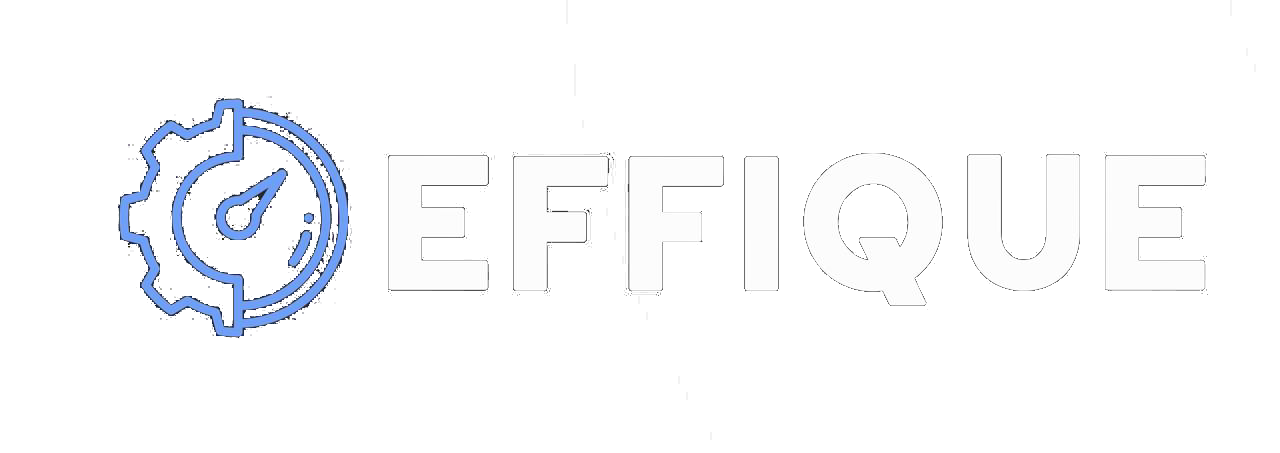PROJECT QA CONSULTING
NEED HELP WITH QUALITY ISSUES ON A PROJECT?
NEED HELP WITH QUALITY ISSUES ON A PROJECT?
assistance from an independent QA expert
instead of hiring a full-time specialist
free consultation → audit → presentation of solution strategies → implementation of the solution
By clicking the button, I consent to the processing and storage of personal data
- THERE IS NO TESTING
- THERE IS TESTING, BUT:
→ It's unclear if it impacts business metrics
→ It's unclear if it's an effective use of money or not
- TESTING IS EXPENSIVE, AND THERE'S A DESIRE TO CUT COSTS WITHOUT LOSING QUALITY
What is the pain of managers and business OWNERS?
HOW DO WE HELP?
As an independent consultant, I'm interested
in conducting an audit of current processes and explaining in simple terms:
→ what is happening with testing
→ whether the current testing brings
real value to the company
→ if there's a direct correlation
between test and business metrics
→ what to do to fix the current situation
in conducting an audit of current processes and explaining in simple terms:
→ what is happening with testing
→ whether the current testing brings
real value to the company
→ if there's a direct correlation
between test and business metrics
→ what to do to fix the current situation
if this situation sounds familiar, you've come to the right place.
What does a typical
work plan look like?
work plan look like?
. 1. Conducting an audit .
. includes: .
. includes: .
Personal consultation with each member of the testing department
or with QA Lead/Senior QA
or with QA Lead/Senior QA
as well as consultation with key employees from other areas - development, analytics, product management
Analysis of development and testing processes
based on closed and open tasks, bugs, reviews of auto-test and product code
Key part
assessment of testing efficiency considering the resources spent and the business results obtained
. 2. Presentation of .
. the audit results includes: .
. the audit results includes: .
Identified key issues
their impact on business in metrics and reasons for their occurrence
Possible solution strategies
for these issues
for these issues
with an analysis of costs, profit at different time intervals, and associated risks
Discussion of solutions
and choosing a strategy that addresses the main business request
. 3. If at this stage the client .
. is satisfied with the collaboration .
. is satisfied with the collaboration .
we can continue with the implementation of the strategy, meaning all the items described in the strategy will be executed by our company
. 4. Trainig and requalification .
. of employees .
. of employees .
the most common case involves training QA engineers in test automation and CI/CD
Case №1
Company
Event analytics
Size
~500 employees
Request
Audit and assistance with the QA department
Main Issues
- A large number of bugs
- Long testing time for new features
- Large budgets for the QA department
Case resolution plan
. 1. Conducting an audit .
. includes: .
. includes: .
Personal consultation with each member of the testing department
or with QA Lead/Senior QA
or with QA Lead/Senior QA
as well as consultation with key employees from other areas - development, analytics, product management
Analytics of tasks in the tracker, code review, checking the QA feature testing algorithm
Identifying bottlenecks in adjacent areas: development, analytics, system administration
Example of an audit report
. 2. Presentation of main issues .
. and their resolution strategies .
. and their resolution strategies .
Showing the competency matrix, the current placement of the QA department on it, costs and possible strategies for restructuring the department, along with an assessment of costs and time spent
All QA manuals lacked skills in API testing, skills in writing basic scripts, leading to superficial feature testing.
Example analysis of the competency matrix
Example analysis of the competency matrix
Discussion of main issues in testing processes.
Lack of automatic data preparation, QA spent 3 hours every day preparing test data.
Not applying test design techniques, functionality requirement analysis.
Not applying test design techniques, functionality requirement analysis.
Presentation of problems found in other development directions.
- Lack of established CI/CD pipeline for automatic release.
- Not applying practices for forming new functionality requirements.
. 3. Implementation of the resolution strategy .
. for identified problems .
. for identified problems .
Training the most experienced QA, hiring a senior automation specialist instead of two other manuals.
Developing scripts for automatic generation of test data.
Writing a CI/CD pipeline for automatic application deployment.
Outcome
Hiring a senior QA automation within 1 month
Re-training QA -> QA Auto
Automating the most expensive manual processes
Cutting the QA department budget in half
Reducing the percentage of critical bugs
Increasing TTM by 38%
Re-training QA -> QA Auto
Automating the most expensive manual processes
Cutting the QA department budget in half
Reducing the percentage of critical bugs
Increasing TTM by 38%
→ We work for reputation, cases, and results:
the more complex the situation and the end goal,
the more interesting it is for us to solve the case.
→ We work to maintain autonomous results without us,
meaning the key metric is not "what we achieved,"
but "what remained after months of working without us".
→ We work with the best experts in their field to
offer effective, scalable, and long-term solutions.
→ Any lack of professionalism is considered unacceptable and contradicts our values.
key advantages of working with us:
